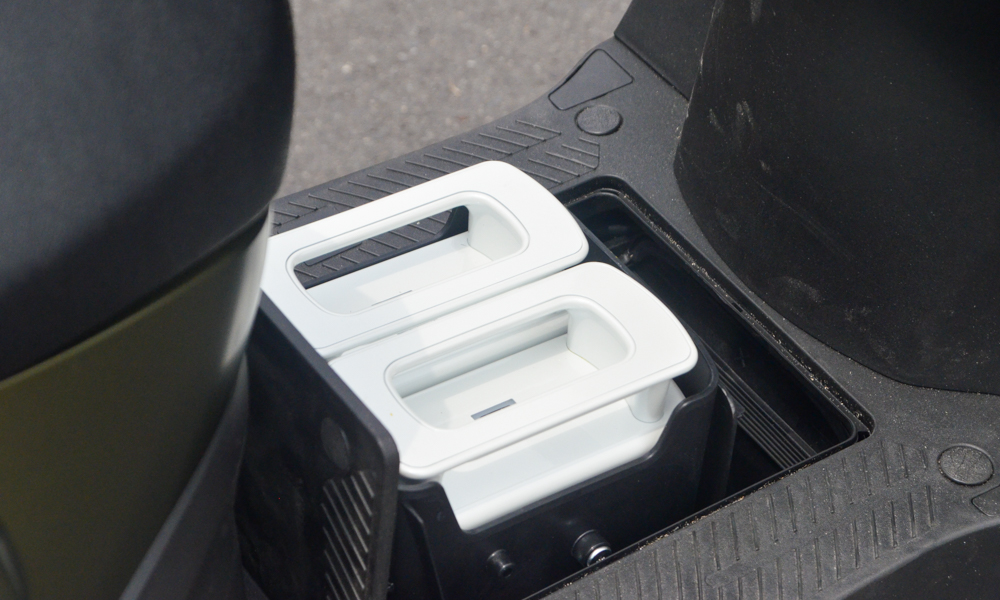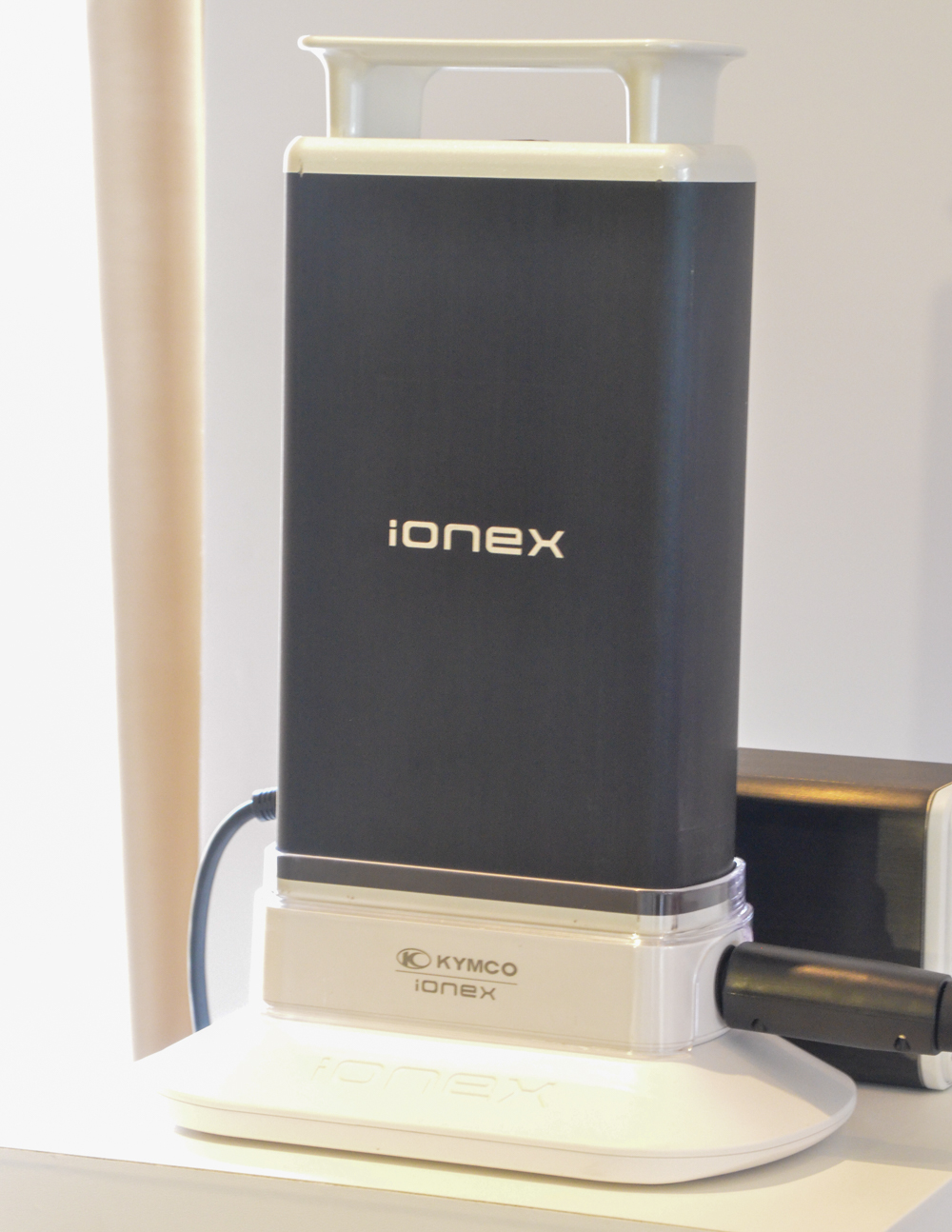
Range anxiety is something all riders experience as the fuel gauge steadily dips into the one-bar zone. It doesn’t matter how much horsepower you have or what emblem your pride and joy wears. If it doesn’t have the legs to traverse an expressway without you having to constantly top up the tank, you’ll end up hating the ride. Modern motorcycles can hit anywhere from 150km to 300km between fill-ups now, and a sensible rider will plan out trips to avoid getting stranded due to fuel starvation.

This is a convenience that electric motorcycles don’t have yet. Like electric cars, e-bikes have amazing torque and power that internal-combustion engines struggle to match, but the problem is they don’t have the juice to keep going very far. Unlike the cheap e-bikes that are sufficient for short-range urban usage, you need something with considerably more endurance to make it out of the city.
Unlike gas-powered bikes that can be brimmed in under 10 minutes, it takes up to two hours to fully charge something like a Harley-Davidson LiveWire, which has a “variable” range of around 160km depending on how aggressively you twist the “throttle.” And that’s not counting the infrastructure needed to charge bikes like these. Little wonder, then, that aside from a few manufacturers that have rolled out their big e-bikes so far, most companies have yet to pull the trigger for serial production.


That may soon change. Instead of focusing on the end product, KTM, Honda, Yamaha and Piaggio have decided to collaborate on a major part of the logistics behind electric motorcycles: the batteries. The four manufacturers have signed a letter of intent to collaborate on the Swappable Batteries Consortium for Motorcycles and Light Electric Vehicles. In the context of the Paris Climate Agreement and the development of electromobility, these member companies believe that the availability of a standardized interchangeable battery system would both promote the widespread use of light EVs as well as contribute to a more sustainable life-cycle management of batteries in the transport sector.
Swappable batteries make sense. Instead of retrofitting each and every gas station with charging points—something that not all gas-station owners will be open to—distributing swappable batteries would be as simple as stocking up on consumables like lubricants. So, if you have an electric Yamaha in the near future, you can easily and quickly exchange batteries in the same amount of time it would take you to fill up a gas tank. If you’re doing something like the Boss Ironman, you might even bring along an extra battery in the same manner that riders carry a small jerry can of fuel.

Electric motors are also conceptually simpler to engineer than an internal-combustion engine, which needs supporting systems for cooling and exhaust. Once the swappable batteries begin mass production, we may very well see the era of electric motorcycles hit its stride.
I wouldn’t say these would make gas-powered bikes extinct, though. No gearhead would give up the delicious “brap” of his or her bike so easily.











Comments